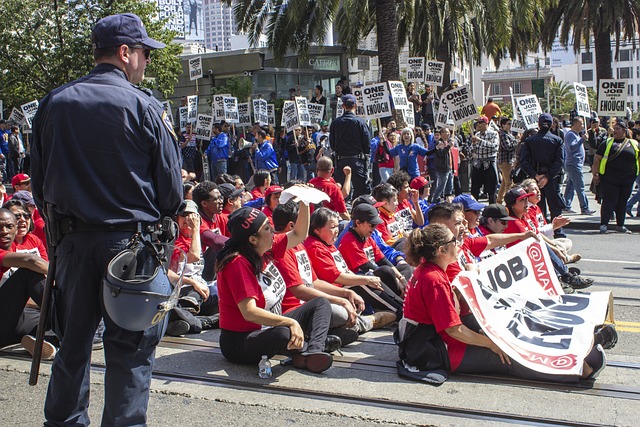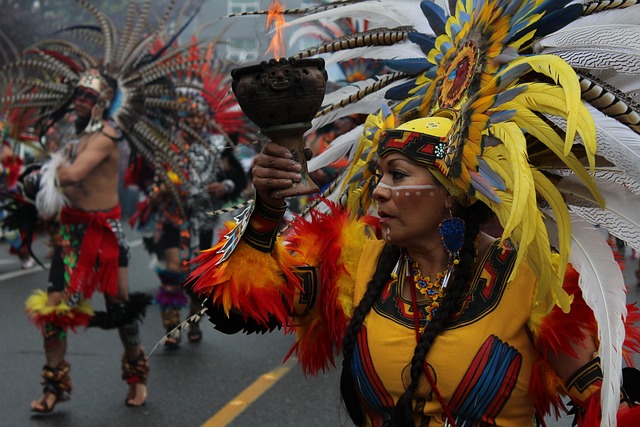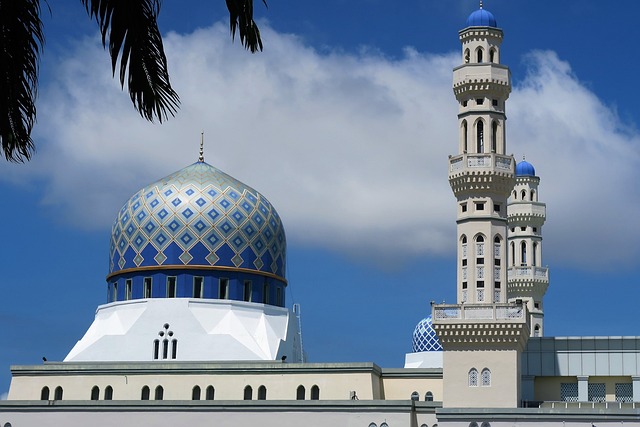Article Title:A place for Buddha in Wollongong, New South Wales? Territorial rules in the place-making of sacred spaces
Abstract:
A Buddhist temple in Berkeley, Wollongong, may at first appear puzzling given that few Buddhists lived there. Indeed, the suburb was home to predominantly those Anglo-Celtic Australians most marginalised by the structural changes to the city's economic base. This problem is explored within the social dynamics of inclusion and exclusion operating within the local politics of place-making. Drawing upon the concept of a progressive sense to place revealed that discourses of support for the temple drew heavily on imagining Australia and Wollongong as multicultural and the temple as an exotic object of the Orient, worthy of tourist visitation. A Buddhist temple provided the city with a source of cultural vitality and enrichment. Imagined as a tourist attraction, a place to visit, rather than as sacred space, a place to worship, a Buddhism sect was perhaps in this way made less threatening to local Christian residents. These results further support arguments that suggest a redundancy to the fixed notions of place as bounded territory and how territorial rules that define whether something, or someone, is appropriately placed requires interrogating the connectedness between social powers and the powers of place.
Keywords: social inclusion and exclusion; religion; Buddhism; sacred space; Wollongong; cultural politics
DOI: 10.1080/00049180301733
Source:AUSTRALIAN GEOGRAPHER
Welcome to correct the error, please contact email: humanisticspider@gmail.com



